Table of Contents
Vaulted Ceiling
A vaulted ceiling can be defined as a ceiling that slopes upwards towards the roof. This type of ceiling is used to achieve a high ceiling height. The ceiling height is normally kept at 3-4 meters but by using a vaulted ceiling you can get more than the typical ceiling height. Vaulted ceilings are a popular ceiling design option in modern architecture because they allow more light in and can be incorporated into any design.
Vaulted ceilings that face upwards to create a sense of space. Vaulted ceilings, like any other architectural design element, are in vogue. However, the smaller the floor plan, the higher the ceilings tend to be, making it look like there is more living space.
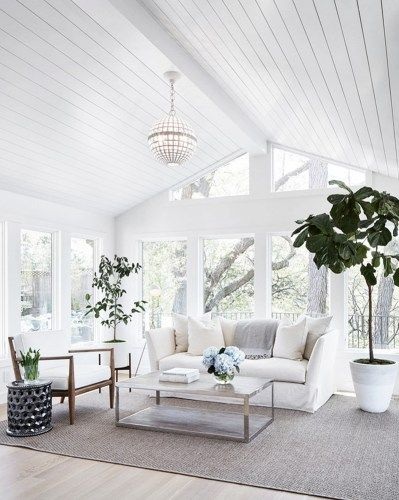
10 Types of Vaulted Ceiling
1. Barrel Vault Ceiling
Barrel vaulted ceilings are very simple in appearance and represent only one arch that repeats along the entire length of the room. You can make your room look more attractive by decorating it in a whimsical style, or you can leave it alone to give it a simple, elegant, and luxurious feel. Barrel bolts are perfect for hallways because they give you the feeling of being in a tunnel. They also look great in the lobby and media room.
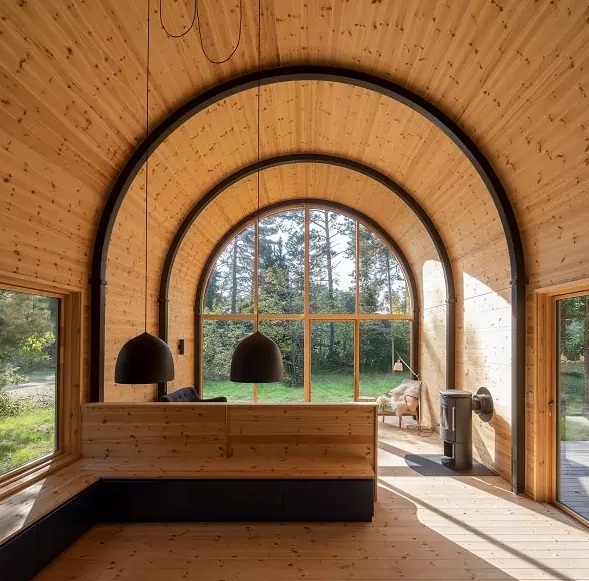
2. Dome Vaulted Ceiling
The very popular domed ceiling is made by dropping the dome onto a flat ceiling. In most cases, they cover only part of the ceiling. Dome ceilings are more difficult to make when trying to increase their size. It is recommended to use cornices on the vaulted ceiling of the dome to create a stunning look without increasing the size of the dome. Not recommended for bedrooms, but maybe preferred for lobbies or hallways.
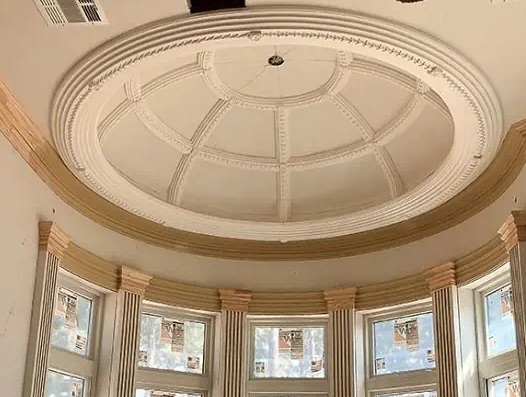
3. Pitched Brick Vault Ceiling
The pitched brick vaulted ceiling is an old-style look that gives the ceiling an urban feel. Helmet Brick vaults are created by placing bricks vertically at an angle so that the vault doesn’t have to be centered.
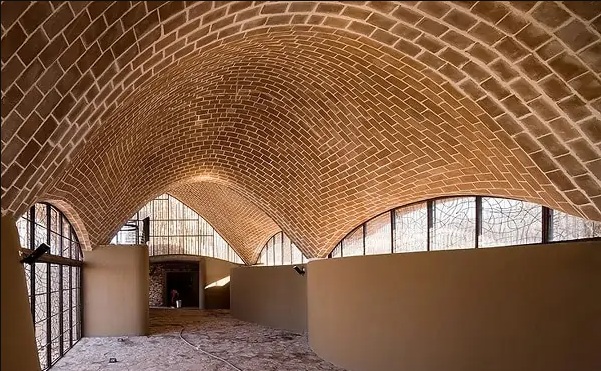
4. Groin Vaulted Ceiling
The groin-vault ceilings are created by connecting two barrel-shaped bolts of equal dimensions and length.
This type of vaulted ceiling is easy to visualize in your head, but more difficult to implement during construction. The groin represents the edge that exists between the intersecting bolts. Sometimes the arch of the vault with the cross is a lancet rather than a round one.
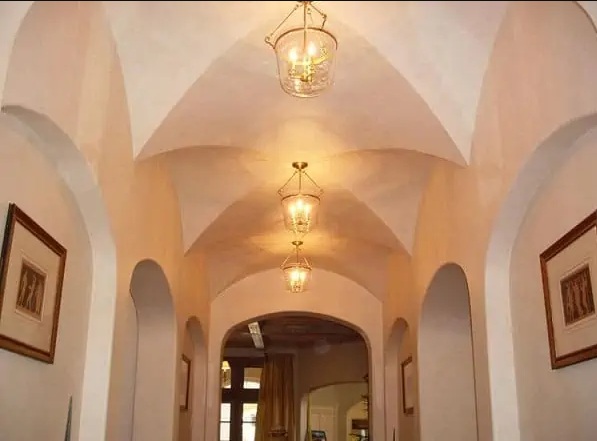
5. Cove Vaulted Ceiling
This type of vaulted ceiling is perfect if you are looking for an angled ceiling. Cove-style ceilings have rounded corners and corners to give your space an elegant and smooth feel.
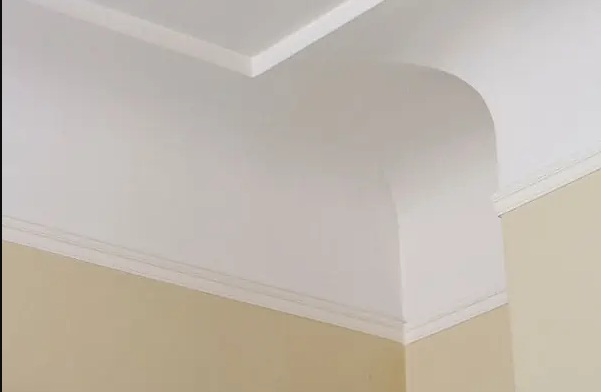
6. Cloister Vaulted Ceiling
The cloister vault ceiling consists of various spring lines and spring points. At this point, the arch begins to curve (in this case, each curves to the same point on the wall). This creates the shape of the vault of the monastery.
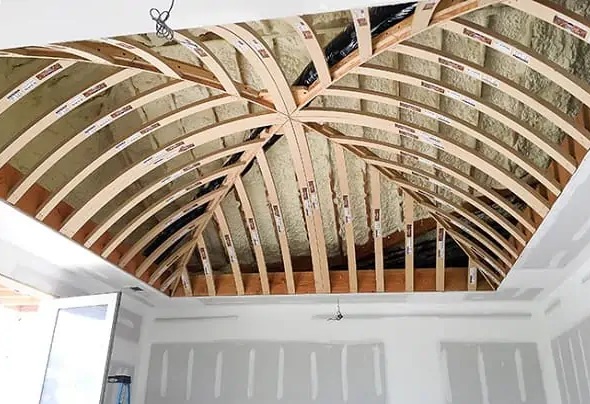
7. Grome Vaulted Ceiling
This ceiling is a combination of two different vault ceilings. Dome and groin-vault ceiling. Such a ceiling allows you to achieve a seductive and unique look.
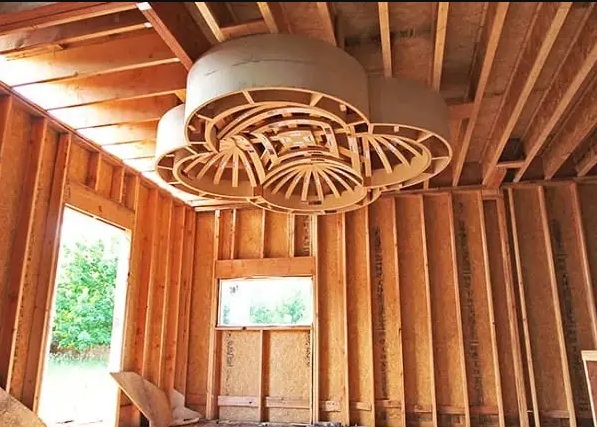
8. Igloo Vaulted Ceiling
Igloo vaults sometimes referred to as lunette vaults, are simply barrel-vault ceilings with carved arches. Under these arches, you can place windows and other objects without blocking the ceiling.
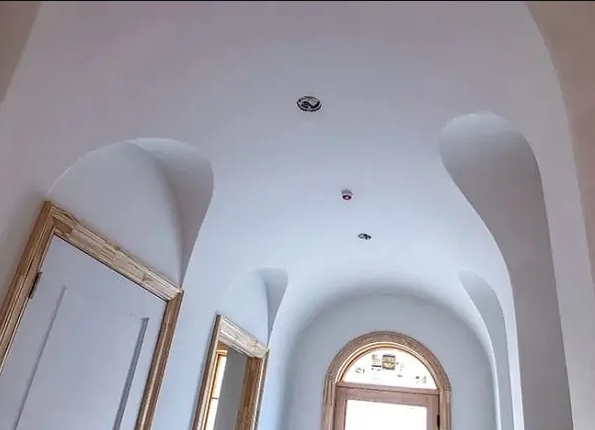
9. Rib Vaulted Ceiling
This type of vaulted ceiling is similar to a vaulted ceiling but consists of diagonal ribs, diagonal stripes, and a series of vaulted stripes. This gives strength and flexibility to the design.

10. Fan Vaulted Ceiling
Fan vault ceilings are similar to ribbed ceilings, but here we create a ceiling equidistant from smaller ribs to give it a fan shape. Fanned ceilings support beams along the entire length of the ceiling.
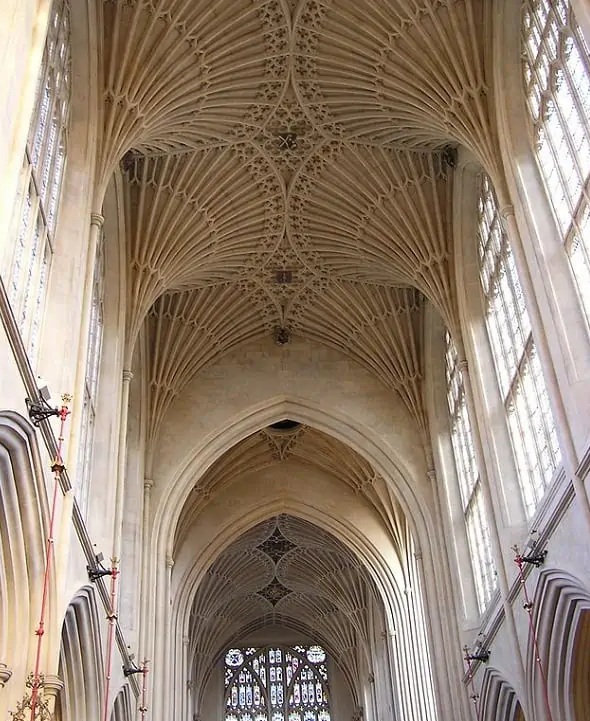
Pros
- Vaulted ceilings give the illusion of a small room becoming bigger and bigger and more architecturally.
- Vaulted ceilings are the best source of ventilation.
- This area of high temperature and air rise can also be a source of coolness.
- These ceilings are flexible for almost any type of interior design style. You can utilize the dead/open space of the ceiling by creating a vaulted ceiling.
- It gives elegance and luxury to open space.
- Vaulted ceilings maximize natural light, saving energy and providing green light. design options.
Cons
- Vaulted ceilings are expensive to maintain and very expensive to repair.
- These ceilings are not recommended for remodeling projects.
- Because these ceilings are too high, they are not suitable for placing lighting fixtures, fans, and other decorative elements.
- You cannot access it. Vaulted ceilings are very difficult to clean and repaint.
- Structural stability requires special support arches, ribs, or roof structures.
